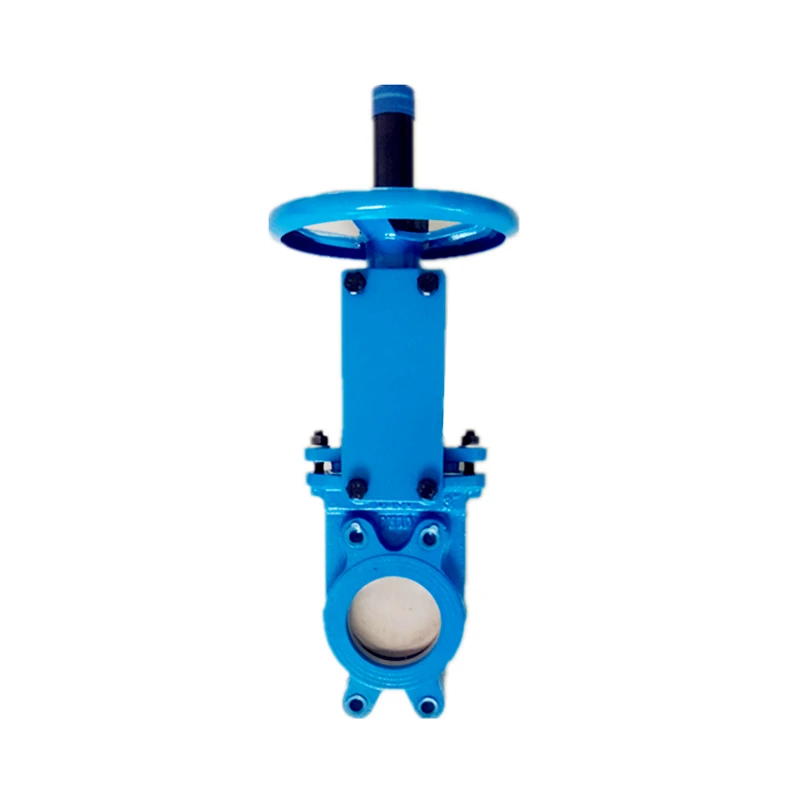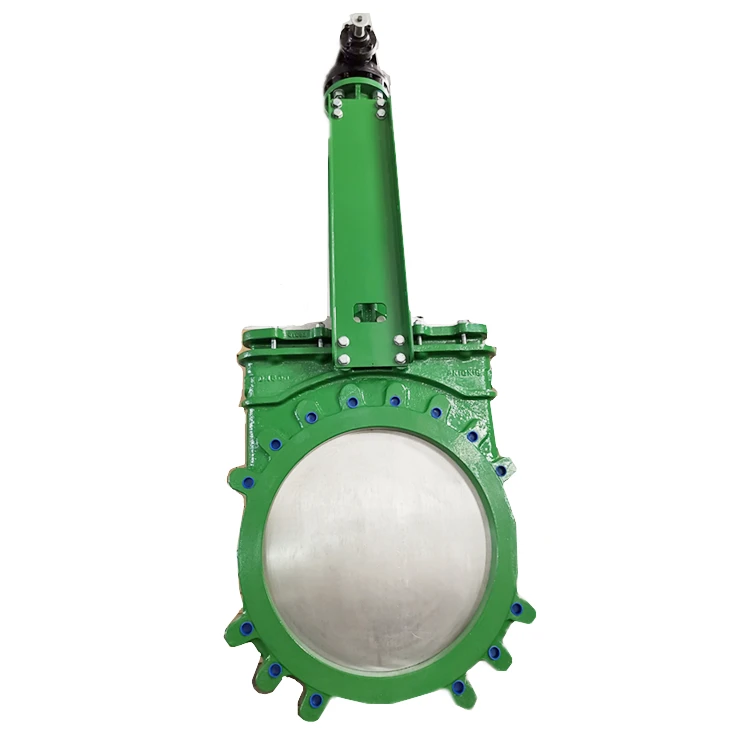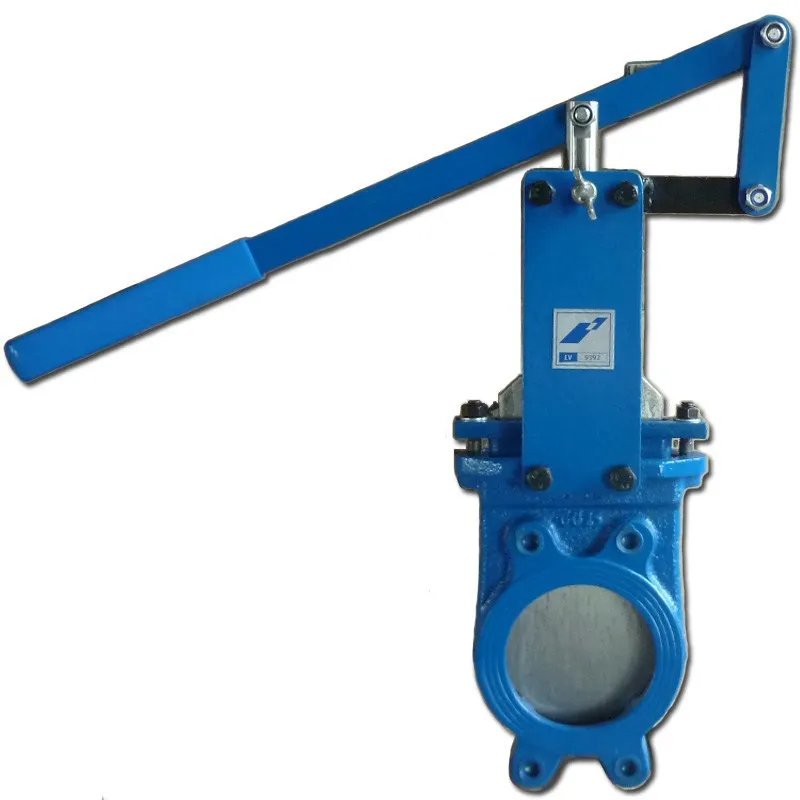Exploring Knife Gate Valves Advantages Assembly and Key Manufacturers
Key Takeaways
Knife gate valves possess distinct features that make them appealing in various applications. The advantages of these valves include their ability to handle a wide range of media, including slurries and thick fluids, thanks to their knife-edge design. The design allows for a positive shutoff, which is essential in preventing leaks and ensuring system integrity. Additionally, the simple construction contributes to reduced maintenance and operational costs, enhancing overall efficiency.
Key manufacturers such as Jash and Keystone provide comprehensive catalogues that showcase a variety of configurations and materials suited for differing operational demands. This diversity enables users to find the ideal valve for specific applications, whether in industrial processing or wastewater management.
Despite their advantages, knife gate valves also have some limitations. They are generally not recommended for throttling applications due to the potential for wear on the sealing surfaces. Furthermore, users should consider the specific conditions under which these valves will operate, as factors such as pressure and temperature can significantly impact performance.
Understanding assembly procedures is crucial for optimal functionality. Proper alignment and installation techniques ensure that the valves perform reliably throughout their service life. Each manufacturer's catalogue offers detailed instructions on assembling their products effectively.
In conclusion, informed decision-making based on a thorough assessment of both advantages and disadvantages plays a pivotal role in selecting knife gate valves for projects. Manufacturers like Jash and Keystone provide valuable insights through their catalogues to aid this process.
Exploring the Advantages of Knife Gate Valves
Knife gate valves are widely recognized for their effectiveness in handling various applications, particularly in industries dealing with slurries, solids, and liquids. These valves feature a thin blade that slices through the medium when operated, allowing for efficient separation. The primary advantages of knife gate valves include their ability to maintain a tight seal under challenging conditions, making them suitable for applications involving heavy materials and high-pressure systems.
One notable characteristic of knife gate valves is their simple design, contributing to ease of installation and maintenance. The aforementioned features minimize the risk of sediment build-up, which is often a concern with other valve types. The construction typically allows for smooth operation due to reduced friction from the knife edge, resulting in lower torque requirements during actuation.
The versatility of knife gate valves also stands out—their design accommodates a range of sizes and specifications tailored to specific industry needs. This flexibility positions them as a preferred choice for sectors such as wastewater treatment, pulp and paper, and mining.
Moreover, knife gate valves provide cost-effectiveness through durability. Their robust construction can endure abrasive materials without significant wear over time. Consequently, they often lead to reduced maintenance costs compared to other valve types.
Advantages | |
|---|---|
Tight sealing capability | Ideal for high-pressure applications |
Simple design | Ensures easy installation and maintenance |
Versatile sizing options | Suitable for various industries |
Durability | Long lifespan reduces frequency of replacements |
"Choosing the right valve type can significantly influence operational efficiency."
The comprehensive benefits presented by knife gate valves position them as an advantageous solution in various industrial settings. Understanding these advantages aids stakeholders in making informed decisions about system integration and operational efficiency.
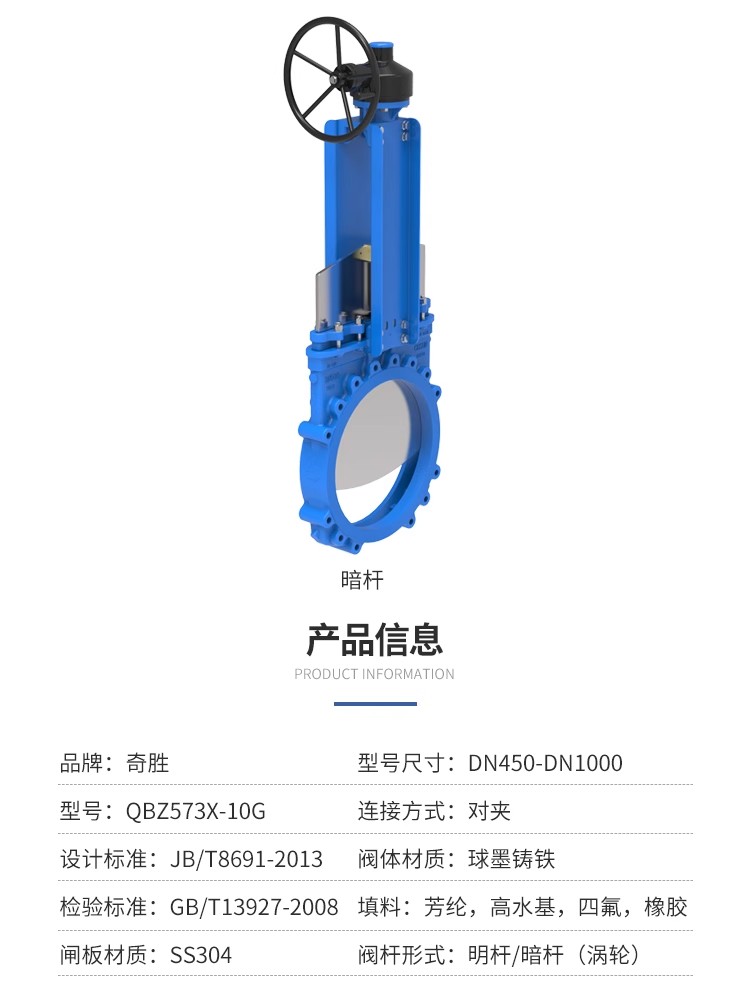
Disadvantages of Knife Gate Valves: What You Need to Know
The knife gate valve presents certain limitations that require careful consideration prior to application in industrial settings. One primary disadvantage is the potential for leakage. Unlike other valve types, knife gate valves may not provide a complete seal, especially when handling slurry or solid materials. The knife edge design can also impact longevity; repeated use may cause wear, particularly on the gate, leading to maintenance issues. Additionally, the actuation mechanism can be a source of concern. Manual or automated systems might be prone to failure, resulting in downtime and increased operational costs. The sensitivity to pressure differentials is another critical factor; these valves generally perform optimally at low pressure, limiting their use in high-pressure environments. Furthermore, installation procedures can be challenging due to the precise alignment required for proper operation. Understanding these limitations is crucial for engineers and procurement professionals when deciding on the appropriate valve type for specific applications and environments.
Assembly Procedures for Knife Gate Valves
Knife gate valves are essential components in various industrial applications, offering a specific design suited for handling slurries, viscous fluids, and other challenging materials. The assembly process of these valves requires careful attention to detail to ensure optimal performance and reliability. Initially, all parts must be thoroughly inspected for defects and compliance with specifications. This includes the gate, body, seat, and bonnet components.
Assembly begins by securing the valve body in a stable position, often using a vice or other clamping tools to prevent movement. The gate should be aligned with the seat profile, ensuring smooth operation when the valve is opened or closed. Careful installation of gaskets or seals is crucial as they provide critical leak-proof characteristics, especially in high-pressure applications.
Torque specifications for attaching the bonnet must be followed meticulously to avoid any potential leaks caused by improper sealing. It is advisable to use a calibrated torque wrench to achieve the designated pressure evenly across all bolts. After assembly, functional testing verifies that the valve operates correctly without any impediments.
Finally, the assembled knife gate valve must undergo a thorough inspection for operational integrity before being placed into service. Key considerations during this final stage include verifying that there are no foreign materials obstructing the valve mechanism and ensuring that all controls function as intended. Following these assembly procedures will enhance the durability and effectiveness of knife gate valves in various industrial environments.
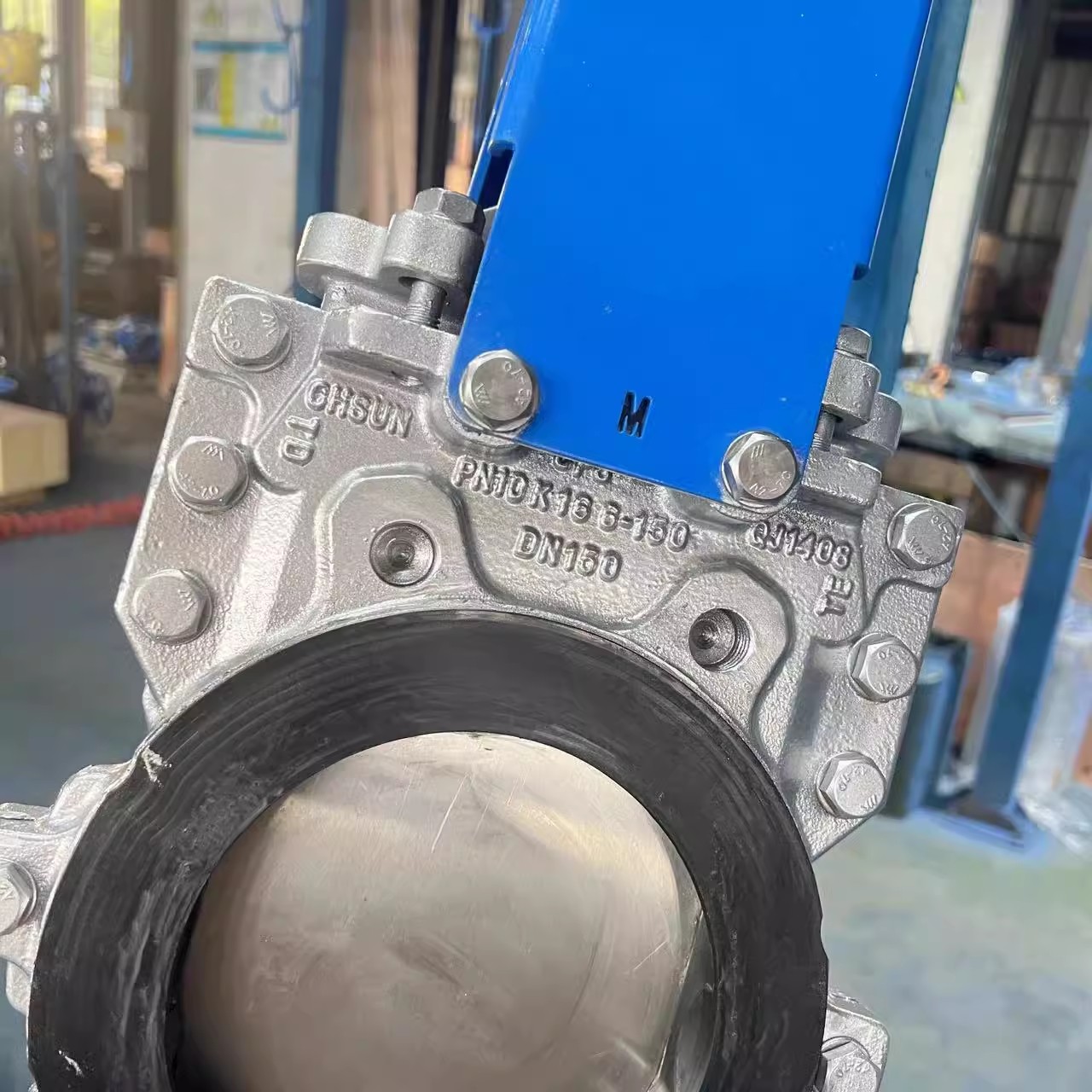
Key Manufacturers and Catalogues: Jash and Keystone Insights
Jash and Keystone stand out as prominent manufacturers in the knife gate valve industry, offering a range of products tailored to varying industrial needs. The Jash knife gate valves are designed with precision and durability, ensuring effective isolation in various applications. Their catalogue showcases several models that feature distinctive attributes such as quick-acting mechanisms and robust construction, suitable for handling both liquid and solid materials in demanding environments.
On the other hand, Keystone's knife gate valve catalogue highlights innovations that emphasize user-friendliness alongside performance. Their valves improve operational efficiency, reducing downtime during maintenance with features that simplify handling during installation. The emphasis is placed on integrating advanced engineering principles to meet safety standards while maximizing functionality, catering specifically to industries such as wastewater treatment, mining, and power generation.
Investors or business owners reviewing these catalogues can gain insights into specific valve specifications, installation requirements, and performance metrics. Understanding these details equips decision-makers with the information necessary to select appropriate valves for their operations while considering both environmental compliance and long-term operational costs. Exploring these offerings from Jash and Keystone facilitates informed assessments essential for maintaining seamless industrial processes.
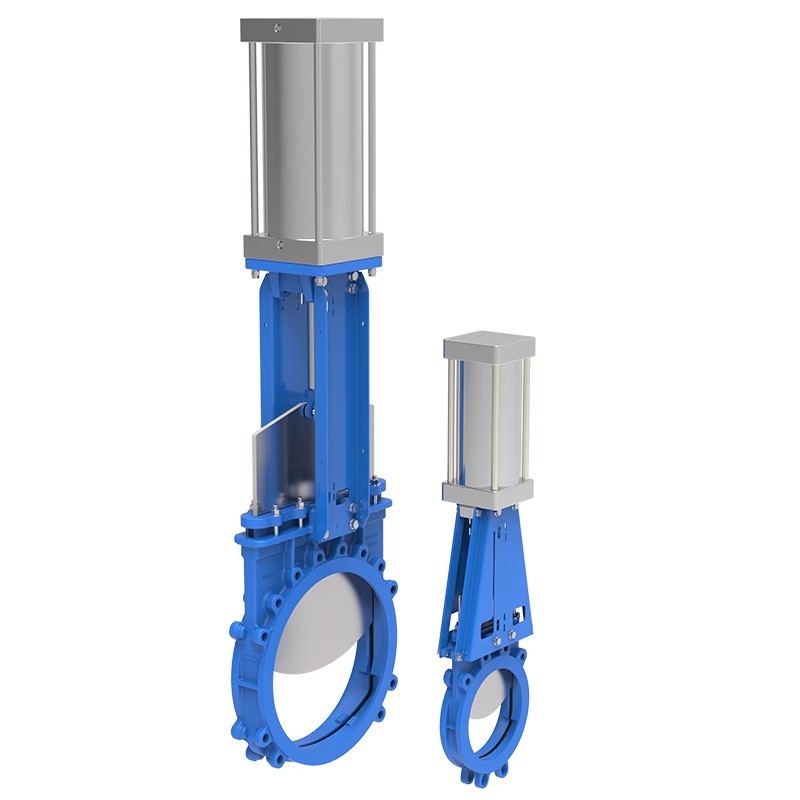
Conclusion
Knife gate valves represent a pivotal component in fluid control systems, marked by distinct features that make them suitable for specific industrial applications. Jash and Keystone are leading manufacturers that offer a variety of options, as highlighted in their detailed catalogues. Understanding the advantages of knife gate valves, such as their ability to handle particulate-laden fluids and high-pressure environments, emphasizes their significance in sectors like wastewater treatment and mining. The straightforward assembly procedures further enhance their appeal, facilitating efficient installation. Conversely, the potential disadvantages, including susceptibility to wear and limitation in throttling capabilities, necessitate careful consideration during selection. In evaluating these factors alongside manufacturer insights from Jash and Keystone, decision-makers can make informed choices to optimize system performance while addressing specific operational requirements.
FAQs
What are the primary applications of knife gate valves?
Knife gate valves are typically used in applications involving slurries, pulp, and wastewater treatment due to their ability to handle solid particles efficiently while providing a tight seal.
What are the key advantages of using a knife gate valve?
Some advantages include low pressure drop, minimal maintenance requirements, and the ability to handle viscous fluids. Their design allows for effective operation in services with high solids content, making them suitable for various industrial processes.
Are there any disadvantages associated with knife gate valves?
Yes, some disadvantages involve potential leakage under certain operating conditions and wear over time due to abrasive materials. Proper selection based on application is essential to mitigate these issues.
How do I properly assemble a **knife gate valve?**
Assembly involves ensuring that the valve body is aligned with the piping system and that all seals are correctly positioned. Torque specifications provided by the manufacturer should be strictly followed to ensure proper sealing and functionality.
Who are some of the leading manufacturers of knife gate valves?
Prominent manufacturers include Jash Engineering Limited, which offers a diverse range of knife gate valves, and Keystone, known for its extensive catalogue detailing various valve options tailored for specific operations.
Where can I find catalogues for key manufacturers like **Jash and Keystone?**
Catalogues can be accessed through their respective websites, where they provide detailed specifications, product ranges, and additional information that aids in selecting the right valve for particular applications.

